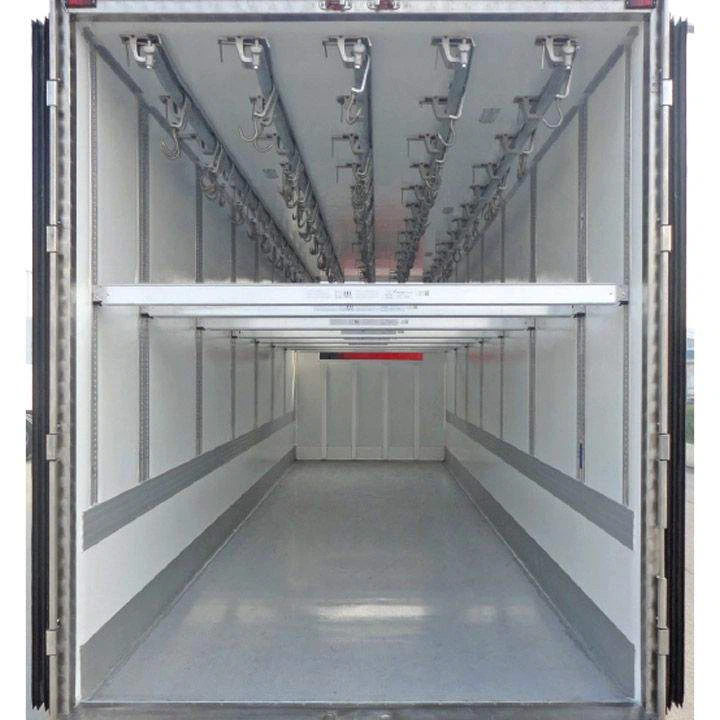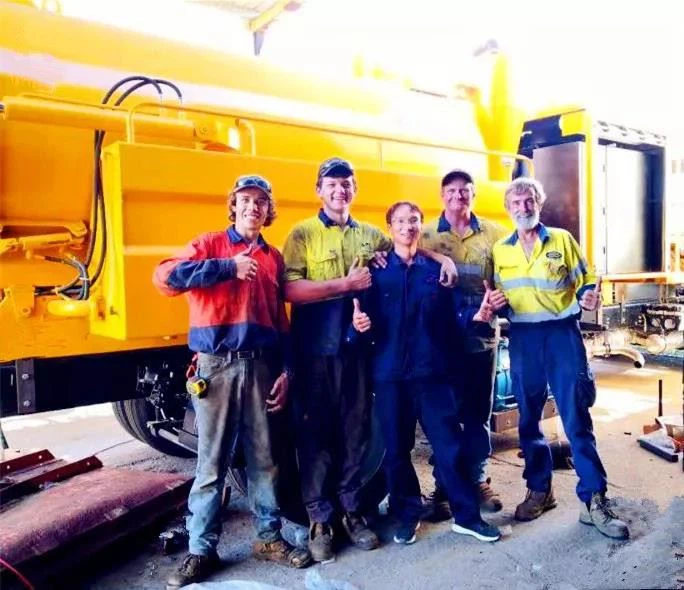Understanding ASL Trash: A Comprehensive Guide

Introduction
American Sign Language (ASL) is a visual language that has become the primary mode of communication for the Deaf and hard-of-hearing communities in the United States and parts of Canada. Within this rich linguistic framework, there are terms that may seem confusing or less formal, such as “ASL trash.” In this article, we will explore the concept of ASL trash, its implications, and how it relates to the broader context of Deaf culture and ASL usage. Whether you are a beginner wanting to learn more about ASL or a seasoned user looking to deepen your understanding, this comprehensive guide will provide useful insights and practical examples.
What is ASL Trash?
ASL trash is a colloquial term that refers to signs or expressions that may be considered non-standard, simplistic, or even incorrect but are commonly used in casual settings among ASL users. These signs can sometimes diverge from the established ASL grammar or syntax, making them less formal. While the term may carry a negative connotation, it is essential to recognize that language evolution often takes place in informal contexts. This section will unpack the idea of ASL trash, its origins, and its significance within the community.
Origins of ASL Trash
The term “ASL trash” emerged from discussions about the quality of ASL signs among users, educators, and interpreters. It can often refer to signs that have been simplified or adapted in ways that dilute the language’s richness. Learning where these signs come from is key to understanding their role within the Deaf community.
Examples of ASL Trash
Some examples include:
- Exaggerated Signs: Signs that have been exaggerated for comedic effect or simplicity.
- Misinterpretations: Common mis-signs that are widely accepted but do not adhere strictly to ASL grammar.
The Role of ASL Trash in Language Evolution
Languages are not static; they evolve over time. ASL is no exception. ASL trash plays a role in this evolution by showcasing how informal practices can reflect larger trends in language change.
Influence on Learning ASL
For learners, coming across ASL trash might initially be confusing. It’s critical to understand the distinction between traditional signs and colloquial variations, as this knowledge can enhance their comprehension of ASL.
How ASL Trash Affects Communication
While ASL trash can build camaraderie among users, it can also lead to misunderstandings, especially for new learners. Recognizing these informal signs is essential for effective communication.
Best Practices for Learning ASL
To navigate ASL effectively and avoid the pitfalls of ASL trash, learners should adopt best practices that focus on clarity and accuracy. Here are some practical tips:

1. Learn from Certified Sources

Always rely on certified instructors or reputable ASL resources like textbooks and vetted online courses. These sources will provide a solid foundation of proper signs and grammar.
2. Immerse Yourself in Deaf Culture
Engagement with the Deaf community can enrich your understanding of ASL. Attend events, meet with native ASL users, and participate in workshops to improve your skills.
3. Practice Regularly
Practice makes perfect. Regularly using ASL with friends, community members, or through formal classes will help you internalize correct forms over non-standard ones.
4. Ask Questions
Never hesitate to clarify or ask questions about signs you encounter. It’s an essential part of the learning process.
The Impact of Media on ASL and ASL Trash
Media representations of ASL can significantly influence how it is perceived and used among various populations. This section examines both the positive and negative impacts of media exposure on ASL inventory.
Positive Media Representation
Shows like “Switched at Birth” and “The Quiet Place” have promoted awareness of ASL, prompting more people to learn the language accurately. They have also portrayed the richness of Deaf culture.
The Risk of Misrepresentation
However, when media content inaccurately represents ASL, it can lead to the proliferation of ASL trash. Non-native signers may pick up incorrect signs and distribute them widely, diluting the language.

How to Spot Quality ASL Resources
| Resource Type | What to Look For | Examples |
|---|---|---|
| Online Courses | Accredited instructors, feedback options | ASL University, Lifeprint |
| Videos | Use of native signers, accurate representation | MIT OpenCourseWare, DeafTV |
| Books | Peer-reviewed, updated editions | “Learning American Sign Language” by Tom Humphries |
Common Misconceptions about ASL Trash
ASL trash is often misunderstood. Here we clarify some common misconceptions:
1. ASL Trash is Always Bad
While some aspects of ASL trash can impede communication, informal signs can be a rich part of language evolution.
2. Only Beginners Use ASL Trash
Even experienced users can adopt signs from informal settings, highlighting an ever-blurring line between casual and formal language.
3. ASL Trash is Unintentionally Created
Sometimes, sign variations arise purposefully for humor or stylistic expression, showcasing the language’s flexibility.
The Future of ASL and ASL Trash
As ASL continues to grow and adapt, the future will likely witness an evolution of ASL trash. This section discusses potential developments.
Inclusivity and Cultural Exchange
With increased interest from hearing communities, ASL may incorporate elements from other visual languages, which could lead to new slang or informal signs.
Technological Integration
The rise of digital platforms may contribute to the creation of more ASL trash as users abandon traditional signs in favor of online adaptations.
Incorporating ASL into Daily Life
In this section, we explore practical applications for those wanting to incorporate ASL into everyday communication.
In Professional Settings
For educators or workplace professionals, integrating ASL can foster inclusivity. Simple signs for common phrases can help communicate with Deaf colleagues.
In Social Settings
Learning basic ASL signs can enhance experiences in social gatherings, as it demonstrates respect and interest in Deaf culture. Here are some common signs to know:
| Sign | Description |
|---|---|
| Hello | A wave with a smile |
| Thank You | Fingers extending from the chin outward |
| Sorry | A fist rubbing in circles on the chest |
| More | Two hands coming together |
Frequently Asked Questions (FAQ)
1. Is ASL trash harmful to the language?
ASL trash can lead to misunderstandings, but it can also reflect the dynamic nature of language. Understanding its nuances is crucial.
2. Can I use ASL trash when communicating with Deaf individuals?
While casual language may be understood among peers, it’s always best to prioritize correct signs, especially in formal situations.
3. How do I find reliable resources to learn ASL?
Look for accredited courses, engage with Deaf community resources, and use peer-reviewed books and materials.
4. Is it okay to ask a Deaf person for clarification on signs?
Yes! Most Deaf individuals appreciate curiosity and are happy to explain signs to help improve communication.
5. How can I avoid using ASL trash in my learning?
Stick to certified resources, practice regularly, and seek feedback from fluent ASL users to ensure you’re using correct forms.
6. What are some essential ASL signs every learner should know?
Basic signs like “hello,” “thank you,” “more,” and expressions for emotions are useful starting points for any ASL learner.
